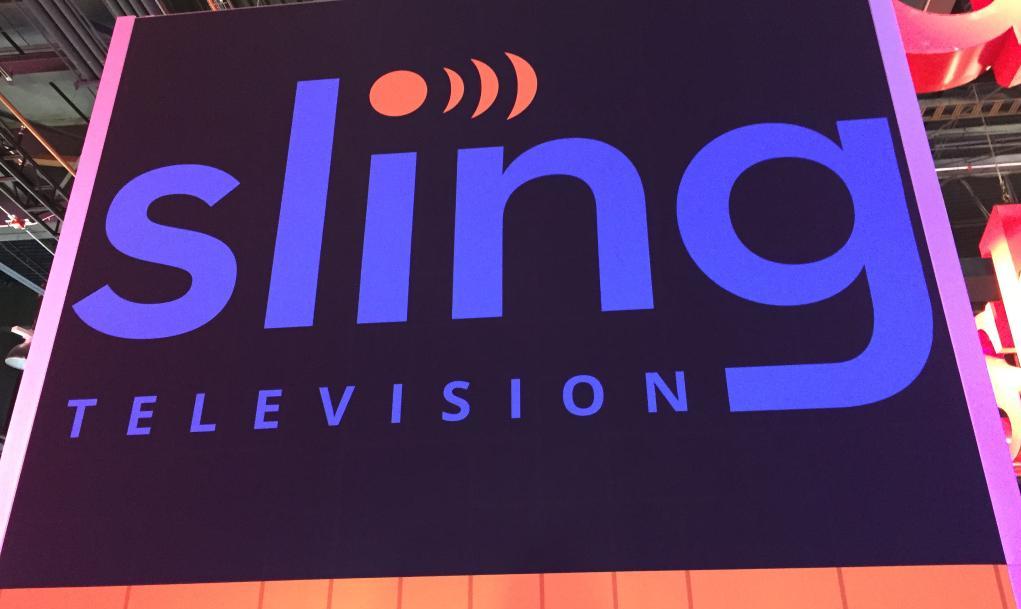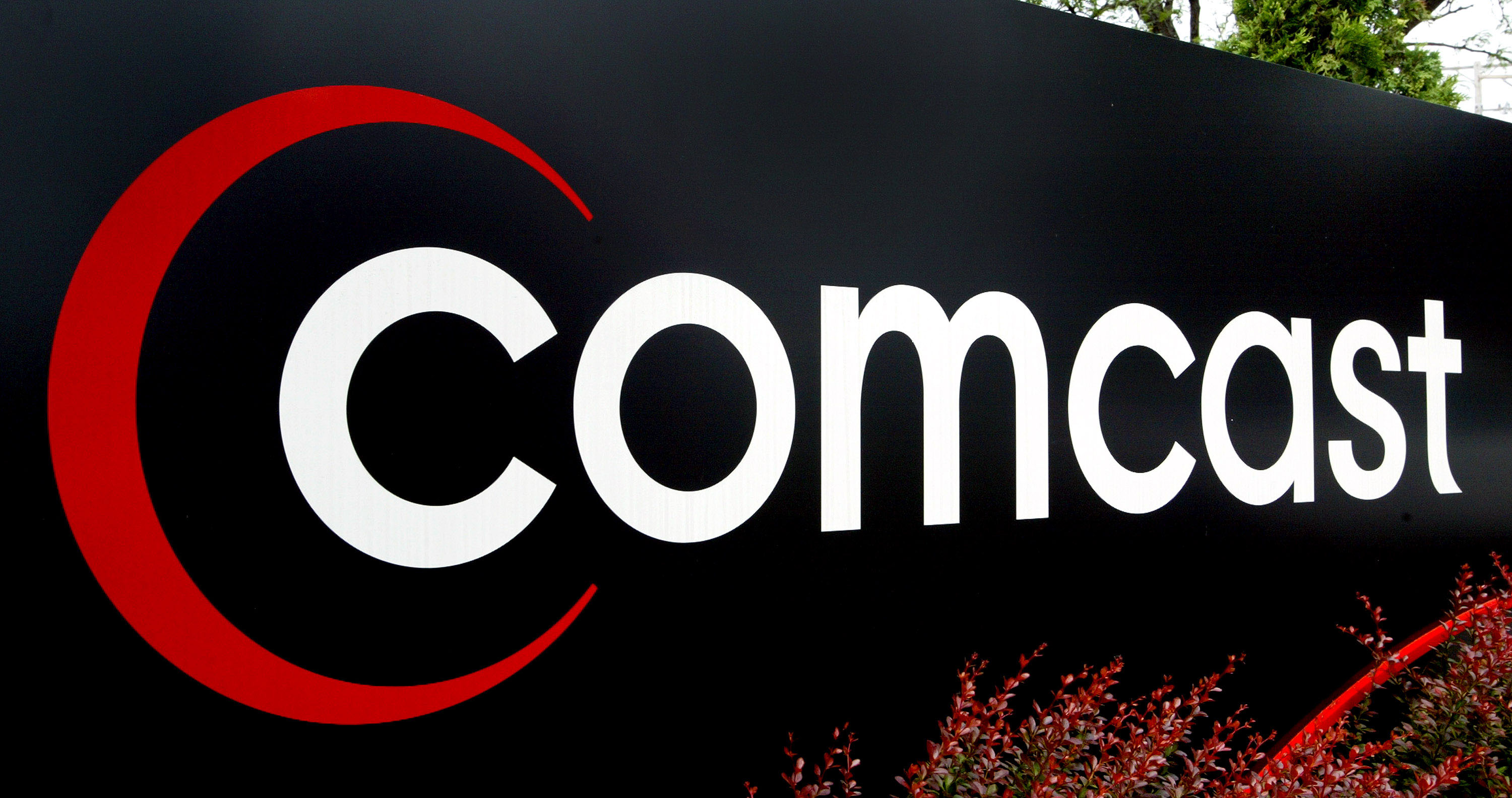
‘Cord cutting’ is a phrase tossed around pretty loosely. Over time, it’s come to represent a lot of things, but being practical — it may just be a good bit of nonsense.
The overarching goal of cord cutting is to relieve yourself of a contract with your cable company. The basic concept is to get TV without going through popular avenues; consuming traditional media in an unconventional way.
That’s easy enough to do, but doesn’t always make sense for the end user.
The initial concern with cord cutting is bandwidth. To stream media, you need a strong internet connection. According to the government’s broadband internet map website, there are only seven providers in my area that offer speeds at 50 Mbps or better.

Of those seven, only two provide service to residential customers — and one of them is Comcast. If I adhere to what the government deems broadband, there are a total of four providers serving my area. Streaming at 10-25 Mbps is typically laughable, though.
Pricing is almost moot. The mysterious new company offers internet with speeds up to 100 Mbps for $59.99 per month. Comcast offers the same for $49.99 per month.
Watching TV programming is where things get tricky. To sidestep cable, I’d need to subscribe to something like Sling. At $20 per month for the basic package, you get a smattering of decent channels.

What you won’t get is local programming. If you’ve got a clear view of the heavens, a flat antenna may do the trick. Hooking it up to your TV should bring some local programming into your home, but it’s highly dependent on how good the hardware is.
Antennae are typically about $50 for a decent model, but your mileage will almost invariably vary. With cable, you rarely have to worry about getting a strong signal.
And what about premium content? If you want HBO or showtime, those will cost you anywhere from $10 to $15 per month without a cable subscription.
At $95 per month (internet, Sling and HBO Now while using an antenna for local programming), my prospects of cord cutting don’t look wonderful. I can get a similarly specced Comcast package for $80 per month. With the tack-on fees and taxes, it’s roughly $88 each month.
To save $7 or so every 30 days, I’d have to go the long way around and patch together disparate services that operate in silos.

And why? Because of some vague principle that Comcast is evil and I shouldn’t give them my money? I have a strong distaste for Comcast, but I have an even stronger yearning for a reliably fast internet connection. At least with Comcast, I know that’s what I’ll get.
There are obviously a lot of variables to cord cutting, like what services or packages you’re able to get in your area. In my instance, sidestepping the cable company just doesn’t make much financial sense, even if it appeals to my sense of justice.
And that may be the sickest irony. As much as I dislike Comcast, it makes no sense not to do business with it. Fuck them for that, too.
Get the TNW newsletter
Get the most important tech news in your inbox each week.





